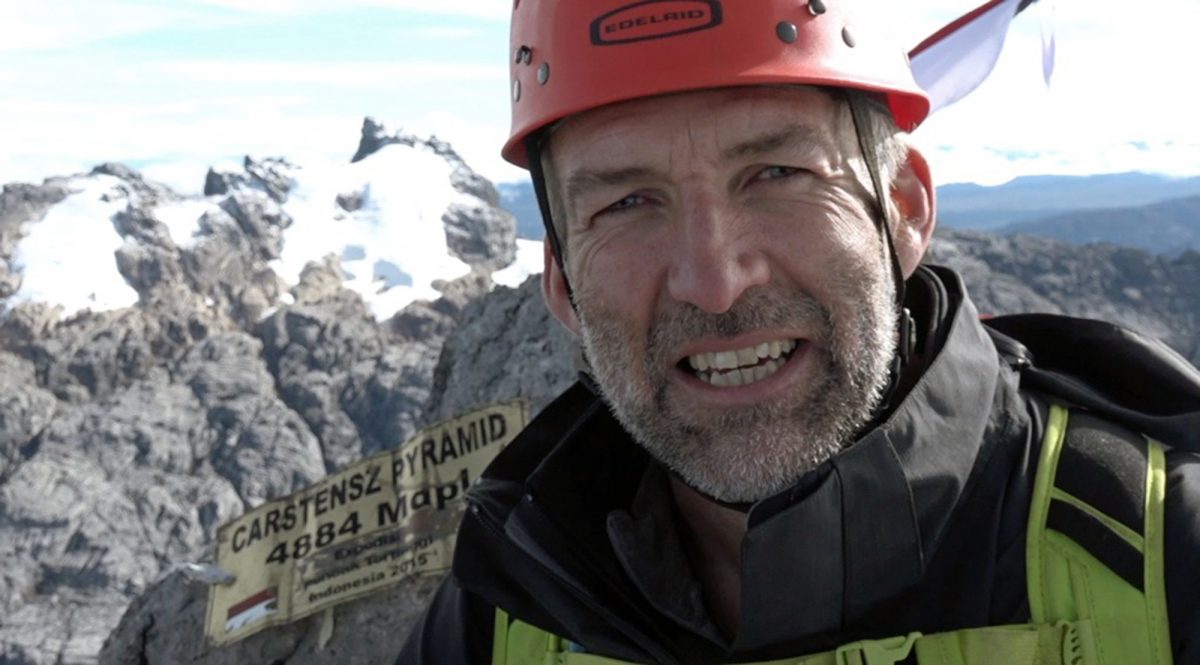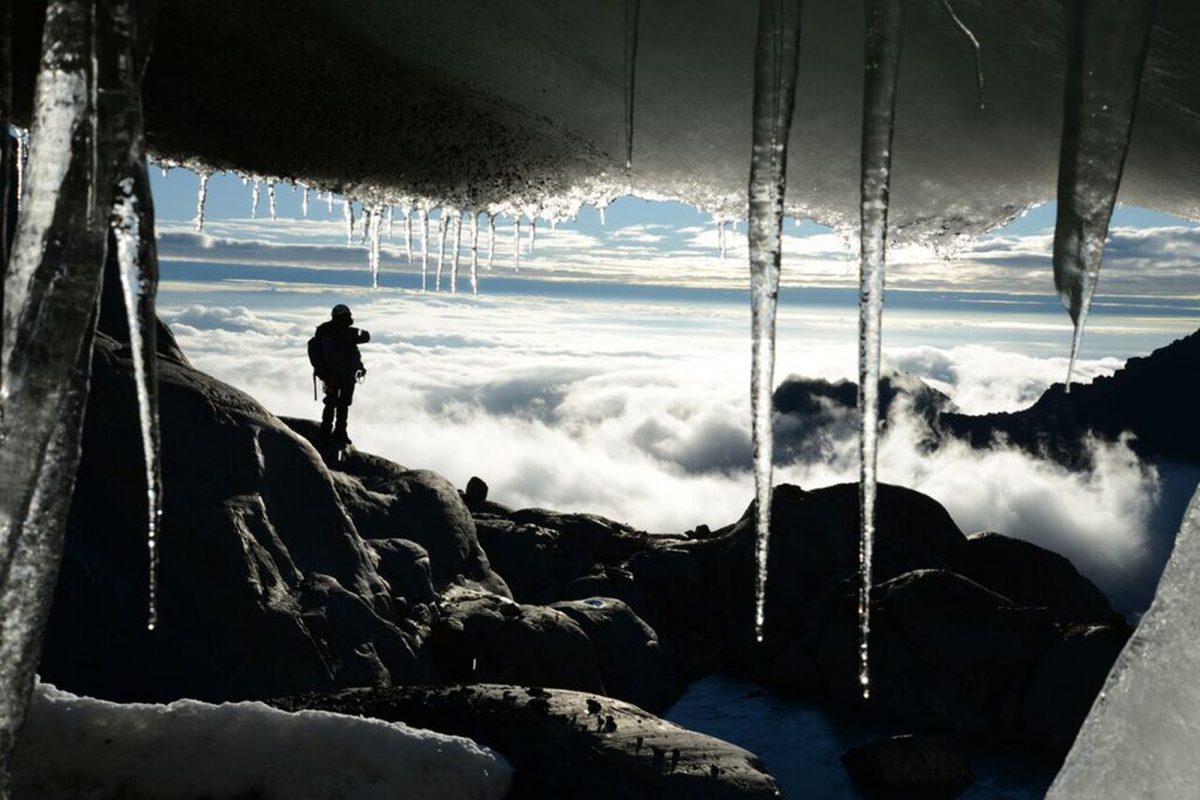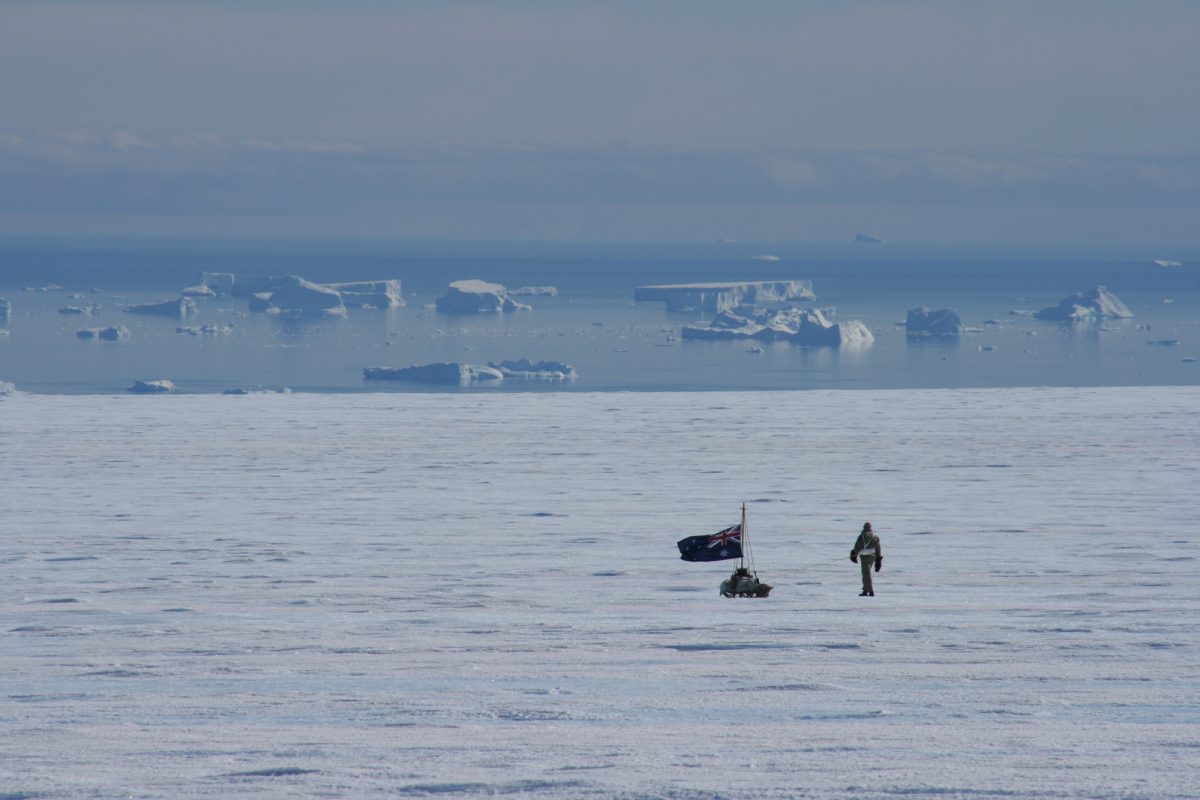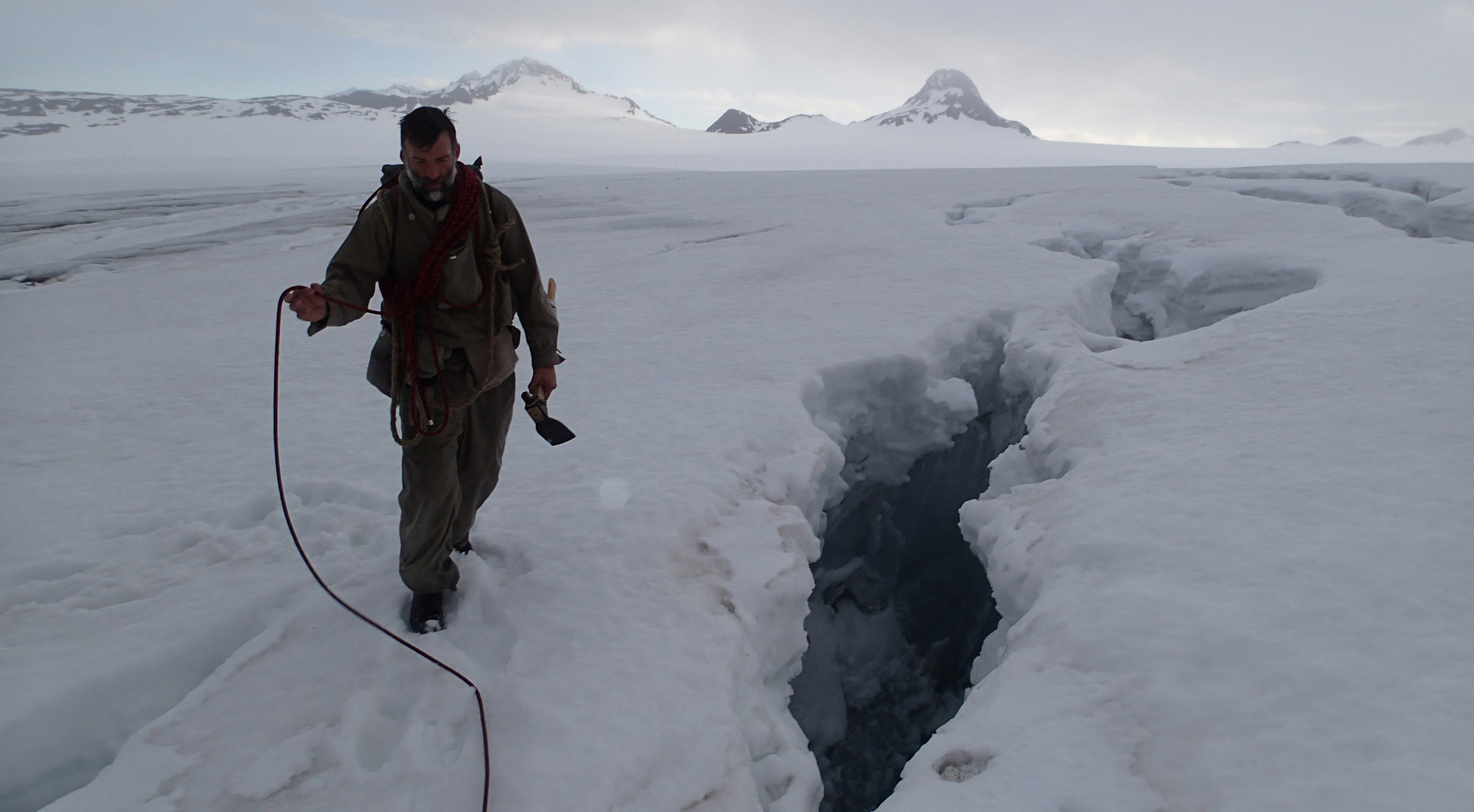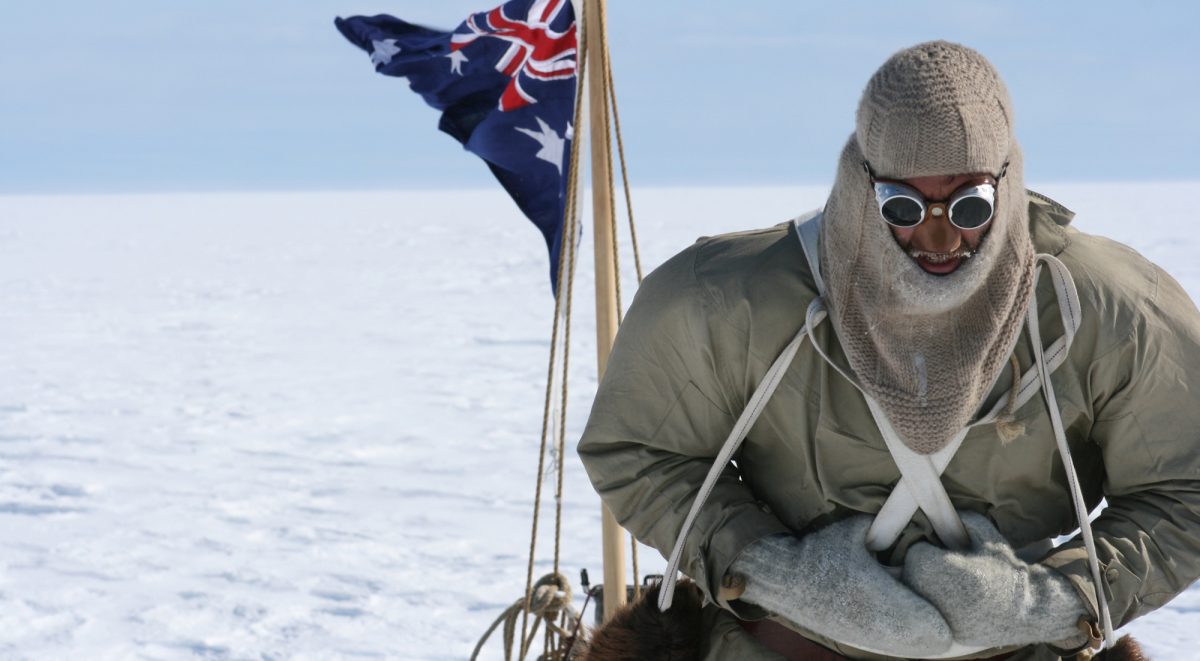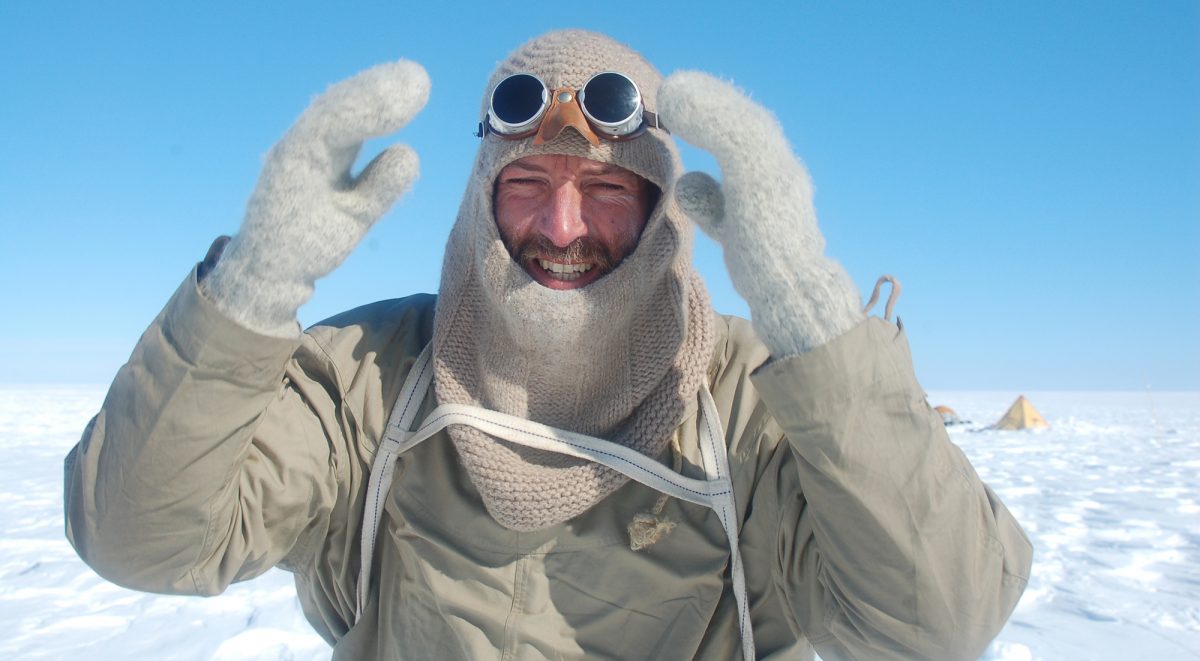Tim Jarvis’ 25zero highlights the urgency of climate action

As an environmental maverick, Tim Jarvis is a busy man. If he’s not undertaking expeditions to the North or South Pole, completing the first unsupported crossing of the Great Victorian Desert, or building an exact replica of the James Caird lifeboat to recreate Sir Ernest Shackleton’s 1916 voyage, he can be found doing public speaking tours across the US, promoting his books or documentaries, or working as what he calls “a sustainability innovator” for Arup projects.
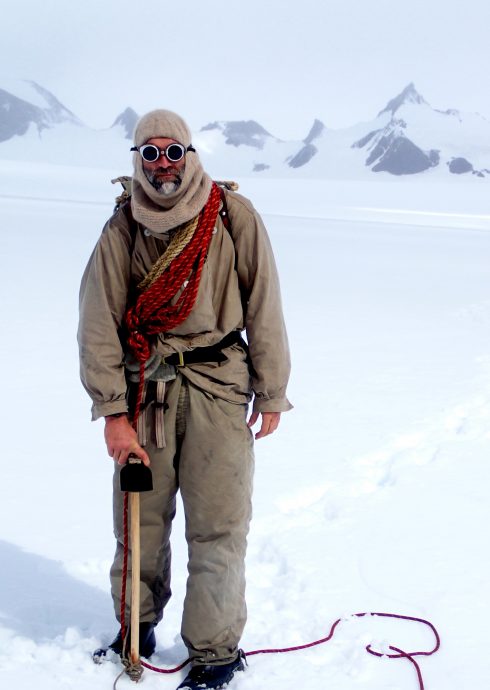
When Jarvis undertakes a new project, you can be sure it will not be easy. Most recently, Jarvis has been working around the clock on his latest major expedition and global environmental campaign, 25zero. For 25zero, he has organised teams of adventurers to climb the 25 mountains near the equator that still have glaciers. The project takes its name from those mountains and the fact that in 25 years, due to human-induced climate change, those glaciers will no longer exist.
The project launched during COP21, the UN’s pivotal international climate conference that took place in Paris from 30 November to 11 December 2015 [at the time of writing, a universal agreement on climate change was adopted by 195 nations – an accord not without its challenges, but landmark nonetheless – ed.]. Day one of the conference saw Jarvis and his team (which includes Scottish producer, director and camera operator Ed Wardle, mountain leader chief instructor for the UK Royal Marines Barry ‘Baz’ Gray, and Singaporean adventurer Khoo Swee Chiow) standing at the summit of Carstensz Pyramid (Puncak Jaya) in Indonesia, beaming images and video of the two glaciers (Carstensz Glacier and East Northwall Firn) around the world. Simultaneously, a joint British–Kenyan team were climbing Mount Kenya; a team organised by Melbourne-based Intrepid Travel (which includes Peter Holmes à Court and his wife, renowned photographer Alissa Everett) climbed Mount Kilimanjaro in Tanzania; and a secondary-school team from Colegio Anglo Colombiano (including students, teachers and climbing instructors) climbed Nevado del Tolima in Colombia. In all, six mountains were climbed over the 12 days of the conference. “The intention,” Jarvis says, “is to light a fire so the other 19 will be climbed over time. And that gives us the opportunity to really turn 25zero into a movement.”
25zero has been forming in Jarvis’s mind for over two years. “The genesis of the idea came when I was down in the sub-Antarctic, crossing the island of South Georgia, which is the place Shackleton escaped to when his ship was crushed in the ice.” Climbing those same mountains, the last leg of the Shackleton journey, was something of a personal test for Jarvis, who undertook the Shackleton Epic fuelled by a desire for self-knowledge that he finds through pushing himself beyond his known limits. His expeditions, books and films also serve, of course, to promote his endless passion for the environment. As he climbed the same mountains as Shackleton, Jarvis too had to cross a number of massive glaciers, each several kilometres wide. To his dismay, Jarvis found that the third glacier was now a lake – it had since melted. “I remember thinking at the time [that] it’s such a powerful, visual indicator of an otherwise very intangible problem.”
We humans are evidence-based creatures. For many who live in cities, well-protected from the most dramatic effects of climate change, the urgent realities of our changing environment can seem remote in both consideration and care. Says Jarvis, “The problem with climate change is that you can’t see, taste or smell carbon and for most people it’s too remote and invisible. The problem with the Arctic and the Antarctic is there’s just too much residual snow around and it masks, superficially, the evidence of what’s going on. In the tropics, there is no residual ice and snow around, apart from the ice in these glaciers. Everything else around is either green or brown. So [glacial melt] really stands out very clearly.” Jarvis was driven to do something of profound impact during COP21 that would draw attention to the global effects of climate change. By using these glaciers to illustrate those effects, the project also highlights the fact that many of the worst effects of climate change will be felt in these equatorial regions where, by 2050, approximately five of the estimated nine billion people inhabiting the planet will live.
For the local communities living at the foot of these mountains, like the Dani tribe of the Indonesian province of Papua, or the Bakonzo people in the Rwenzori Mountains of Uganda, the effects of climate change are much more tangible. In preparation for 25zero, Jarvis and his team worked closely with these local communities. The locals, who know their mountains intimately (the Bakonzo porters are descendants of the porters who assisted the Duke of Abruzzi in 1906, the first time the mountain was climbed), have provided guidance and route-finding, and are leading 25zero teams to the base of each mountain.
Jarvis lives in South Australia – a state that, on a sunny, windy day, can get 100% of its energy from renewables. This is incredibly impressive in a country that, as Jarvis puts it, “has been a bit tardy on uptake of renewables”. The South Australian government has contributed financially to 25zero, and with this support, Jarvis really wants the project to bring awareness to people not already engaged with the concerns of climate change. “There’s plenty of preaching to the converted that goes on in the environment movement, so the idea is to try and spread [the message] more widely.” In order to do so, significant time and vision have gone into working out how to communicate with the greatest impact and speed. The climbing teams are using the Inmarsat system to show the conditions at each of the summits through images and video posted on the project website, YouTube and other social media platforms; they also record blog entries that show their location on the 3D geo-referenced maps of each mountain. Jarvis hopes that by circulating tangible and striking visual evidence of the effects of climate change rather than pure data, statistics and opinions, 25zero will combine solid information with emotional incentive – the balance needed to motivate people to take action.
During COP21 and beyond, actively involving the public is a major tenet of 25zero. Anyone who feels up to the challenge can participate in the climbs, either by contacting Jarvis and joining one of the official climbing teams (Jarvis says some of the climbs are technically challenging, “but there’s a good 15 or 16 that most people with some good fitness could have a crack at”), or by downloading the custom-built app and doing an equivalent climb in their own local area. “The app will allow people to climb the hill in the Dandenong Ranges or in the Blue Mountains or Mount Lofty with a team of one, two or four people and their iPhone [the app only works with iPhone 6 and above, which provides elevation support] will measure their altitude gain and keep a running tally of how many metres they’ve gone up. So they can virtually climb the mountains that we are actually climbing.” As you reach certain heights, the app provides information on flora and fauna at those altitudes, on the conditions of the glaciers and also lets people know what they can do, as individuals or as organisations, to take meaningful action. Participants are encouraged to ask friends and family to sponsor them to raise funds that go towards WWF-Australia’s (Jarvis is a global ambassador) climate change projects, some of which are not country-specific, but a certain proportion will support the local communities within the countries where 25zero mountains are situated.
So, 25zero is an expedition (or 25 expeditions) that is also a community-building project, an awareness-building project, climate change activism and, in the future, a documentary. While the project continues beyond the conclusion of the COP21 (Jarvis is adamant about the need for continued climate-awareness action into the future), his focus in the lead-up to the project was on the need for meaningful decisions to result from the COP21 talks. For Jarvis, this includes three main outcomes: a legally-binding agreement, meaningful percentage reductions in carbon emissions that will allow us to stick to two degrees Celsius of warming [the adopted Paris Agreement outlines a more ambitious goal: to limit the global temperature increase to 1.5 degrees Celsius above pre-industrial levels – ed.] and action plans to get us there. Jarvis is insistent that “pie-in-the-sky commitments without any tangible way of delivering them” are not enough. He asks: “How are we taking cars off the road? How are we encouraging electric vehicles? What about solar PV subsidies, what are we doing about renewables? Are we going to decommission any coal-fired power stations over and above the ones that are currently in the pipeline? What is the structural change to the electricity grid going to look like to allow us to deliver on these kinds of commitments? We need to see how these targets that our politicians blindly commit us to are going to be achieved.”
Each year that passes without an international commitment to reduce CO2 emissions brings the deadline for restricting global warming to two degrees worryingly close. The melting of these 25 (plus other) glaciers contributes to rising sea levels (increasing the risk of island nations such as the Maldives and the Torres Strait Islands disappearing under water), changes salt levels in the oceans (affecting marine ecosystems and the survival of numerous marine organisms), affects the biodiversity of the regions surrounding the glaciers and reduces availability of freshwater (affecting farming and electricity).
But Jarvis, as always, is hopeful. Encouraged by a new political engagement with climate change in Australia, Jarvis wants to inspire people to take physical action by “using the technology that keeps people indoors to send them back outdoors”. 25zero has been planned and designed to offer people clear insight on how individual actions can contribute to collective solutions and action on climate change. The path ahead may be uphill, but Jarvis is determined to make it an adventure, inspiring people to climb mountains, even if, for most of us, it is only virtually. “Keep watching the website. And as we call in from the mountain, that’ll be me, as a little dot, hopefully near the summit, puffing and panting my way up the mountain.”
Thanks to Tim Jarvis for taking time out of his busy, adventurous schedule to speak with Emma McRae – who we also thank for her wonderful words. Launched late last year, the 25zero campaign is ongoing – find out more via 25zero.com. This story is part of our recently released AP print issue #5, ‘The Ecological Age’; find out how to get your hands on a copy here.
